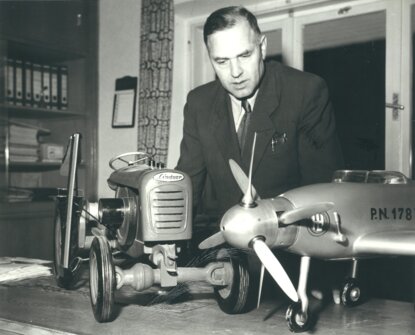History
The Austrian family company Lindner has produced tractors and transporters for mountain and pasture agriculture, forestry and local government use since 1948. After developments in aircraft construction, Lindner made their name as specialists in all-wheel-drive through the production of the first four-wheel-drive tractors in Austria. Then, just as today Lindner manufactured special vehicles which stand out due to their cross-country mobility, compact and sturdy construction and their high-quality components. A sturdy construction which is necessary for an alpine landscape and has proved itself in numerous other areas. Expertly trained staff manufacture around 1200 vehicles per year at the site in Kundl in Tyrol today.

